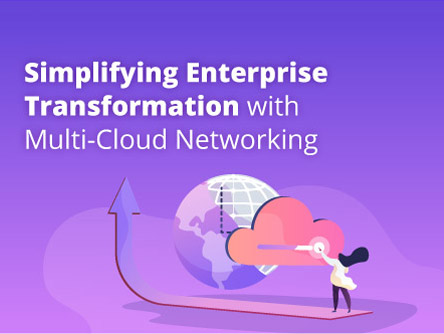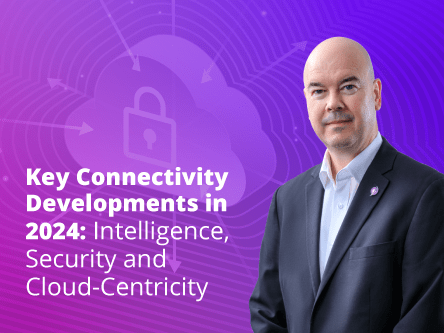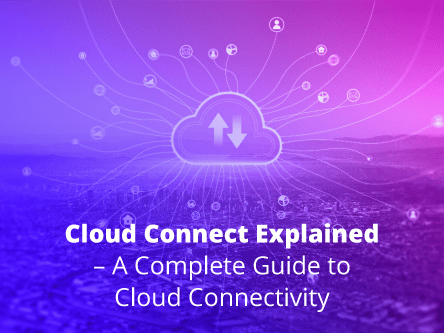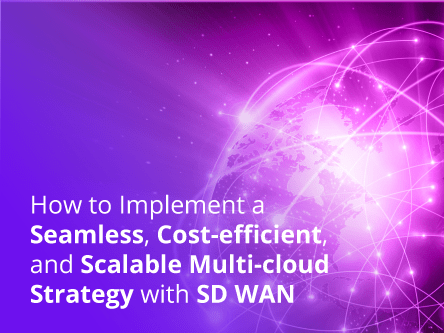The cloud market is currently witnessing a rapid increase in multi-cloud models. Many companies are seeking more choices when it comes to the public cloud for storing their data and deploying workloads.
A key reason enterprises don’t achieve their expected return on investment (ROI) in the cloud is operational complexity. They need a better way to build and manage their multi-cloud architecture, but the challenge is finding the right skills and tools to get there.
In a recent Gartner survey of public cloud users, 81% of respondents said they are working with two or more cloud providers. With the increasing rate of multi-cloud adoption, cloud usage across board will be higher than initially planned.
As more and more businesses begin their cloud adoption journey, Gartner predicts that public cloud revenue will grow 6.3% in 2020 with a total revenue of almost $258 billion. That’s $15 billion higher than last year. However, the rapid implementation of multi-cloud cloud strategies revealed several challenges. This includes:
- Lack of visibility
- IT requirements
- Skills gaps
- Cost-savings
- Complexity
New Cloud Capabilities
With many different types of cloud models in the market, it’s not surprising that enterprises view cloud as being overly complex. Each type of cloud has different capabilities and suit different business needs.
- Private cloud – It’s defined as computing services offered either over the internet or a private internal network to selected users instead of the general public. Private cloud computing provides benefits including self-service, scalability and flexibility, with the added control and customisation available from hosting on premises.
- Public cloud – These are computing services offered by third-party providers over the public internet, making them available to anyone who wants to use or purchase them. They maybe be free of charge or sold on a licence model. This allows customers to only pay per usage for the CPU cycles, storage or bandwidth they consume. Unlike private cloud, public cloud is more affordable than having to purchase, manage and maintain on-premises infrastructure. Instead, the cloud provider is responsible for all management and maintenance.
- Hybrid cloud – The definition of hybrid cloud is a computing environment that combines a public cloud and a private cloud by allowing data and applications to be shared between them. Hybrid cloud computing provides businesses with the scalability to seamlessly move basic on-premises workloads to the public cloud according to demand. Users benefit from added data security and privacy by keeping mission-critical data on-premises.
- Multi-cloud– A multi-cloud strategy is the use of two or more cloud computing services. Such deployment refers to any implementation of multiple software as a service (SaaS), platform as a service (PaaS) or infrastructure as a service (IaaS). Today, it generally refers to a mix of multiple public or private cloud environments, such as Amazon Web Services, Microsoft Azure, Google Cloud Platform with on and off premise private cloud. Unlike hybrid cloud, a multi-cloud strategy requires connectivity between the clouds – a major challenge for enterprises.
An end-to-end multi-cloud service is needed to fit the diverse requirements and workloads across different business offerings. In fact, IDG revealed that 56% of respondents felt that managing multiple cloud platforms requires more internal expertise than what cloud providers would have us believe.
A Simple Multi-Cloud Model
Multi-cloud doesn’t have to be complex. The right cloud networking solution and expertise can provide a solid foundation for your future. An enterprise-class end-to-end multi-cloud networking can support all kinds multi-cloud design that is repeatable across any public cloud.
Epsilon is undertaking this challenge by partnering with a leading technology partner. We are building a cloud networking solution that helps enterprises solve challenges across the clouds and within the cloud. It’s a unique offering that goes beyond the basic native cloud networking service constructs to deliver an enterprise-class network inside and between public clouds.







